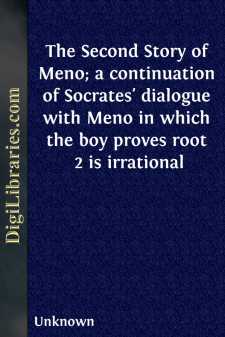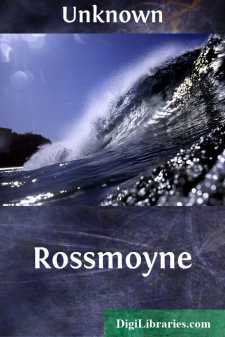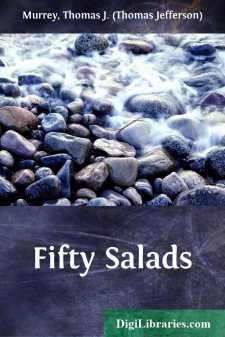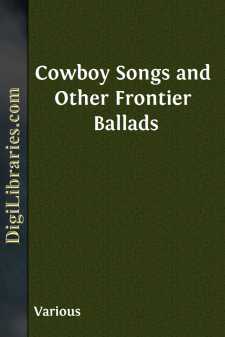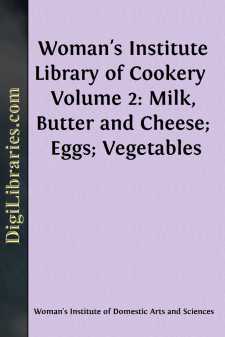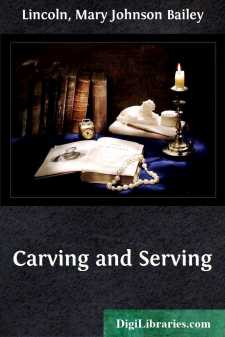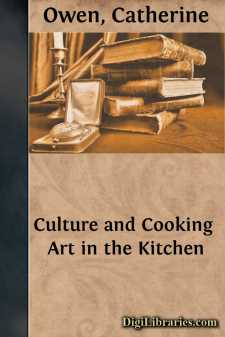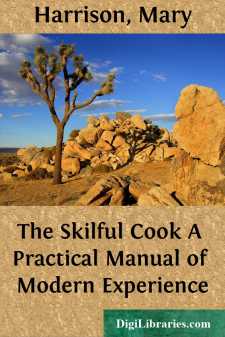Categories
- Antiques & Collectibles 13
- Architecture 36
- Art 48
- Bibles 22
- Biography & Autobiography 813
- Body, Mind & Spirit 142
- Business & Economics 28
- Children's Books 17
- Children's Fiction 14
- Computers 4
- Cooking 94
- Crafts & Hobbies 4
- Drama 346
- Education 46
- Family & Relationships 57
- Fiction 11829
- Games 19
- Gardening 17
- Health & Fitness 34
- History 1377
- House & Home 1
- Humor 147
- Juvenile Fiction 1873
- Juvenile Nonfiction 202
- Language Arts & Disciplines 88
- Law 16
- Literary Collections 686
- Literary Criticism 179
- Mathematics 13
- Medical 41
- Music 40
- Nature 179
- Non-Classifiable 1768
- Performing Arts 7
- Periodicals 1453
- Philosophy 64
- Photography 2
- Poetry 896
- Political Science 203
- Psychology 42
- Reference 154
- Religion 513
- Science 126
- Self-Help 84
- Social Science 81
- Sports & Recreation 34
- Study Aids 3
- Technology & Engineering 59
- Transportation 23
- Travel 463
- True Crime 29
Pennsylvania Dutch Cooking
by: Unknown
Description:
Excerpt
PENNSYLVANIA Dutch COOKERY
In 1683 the Plain Sects began to arrive in William Penn’s Colony seeking a land of peace and plenty. They were a mixed people; Moravians from Bohemia and Moravia, Mennonites from Switzerland and Holland, the Amish, the Dunkards, the Schwenkfelds, and the French Huguenots. After the lean years of clearing the land and developing their farms they established the peace and plenty they sought. These German-speaking people were originally called the Pennsylvania Deutsch but time and custom have caused them to be known to us as the Pennsylvania Dutch.
The Pennsylvania Dutch are a hard working people and as they say, “Them that works hard, eats hearty.” The blending of recipes from their many home lands and the ingredients available in their new land produced tasty dishes that have been handed down from mother to daughter for generations. Their cooking was truly a folk art requiring much intuitive knowledge, for recipes contained measurements such as “flour to stiffen,” “butter the size of a walnut,” and “large as an apple.” Many of the recipes have been made more exact and standardized providing us with a regional cookery we can all enjoy.
Soups are a traditional part of Pennsylvania Dutch cooking and the Dutch housewife can apparently make soup out of anything. If she has only milk and flour she can still make rivel soup. However, most of their soups are sturdier dishes, hearty enough to serve as the major portion of the evening meal. One of the favorite summer soups in the Pennsylvania Dutch country is Chicken Corn Soup. Few Sunday School picnic suppers would be considered complete without gallons of this hearty soup.
Many of the Pennsylvania Dutch foods are a part of their folklore. No Shrove Tuesday would be complete without raised doughnuts called “fastnachts.” One of the many folk tales traces this custom back to the burnt offerings made by their old country ancestors to the goddess of spring. With the coming of Christianity the custom became associated with the Easter season and “fastnachts” are eaten on Shrove Tuesday to insure living to next Shrove Tuesday. Young dandelion greens are eaten on Maundy Thursday in order to remain well throughout the year.
The Christmas season is one of the busiest times in the Pennsylvania Dutch kitchen. For weeks before Christmas the house is filled with the smell of almond cookies, anise cookies, sandtarts, Belsnickle Christmas cookies, walnut kisses, pfeffernusse, and other traditional cookies. Not just a few of one kind but dozens and dozens of many kinds of cookies must be made. There must be plenty for the enjoyment of the family and many holiday visitors.
Regardless of the time of the year or the time of the day there are pies. The Pennsylvania Dutch eat pies for breakfast. They eat pies for lunch. They eat pies for dinner and they eat pies for midnight snacks. Pies are made with a great variety of ingredients from the apple pie we all know to the rivel pie which is made from flour, sugar, and butter....




![The Golden Mean or Ratio[(1+sqrt(5))/2]](https://digilibraries-com.s3.eu-central-1.amazonaws.com/covers/762d190f-63a4-489a-b897-ff78516bd105.jpg)
